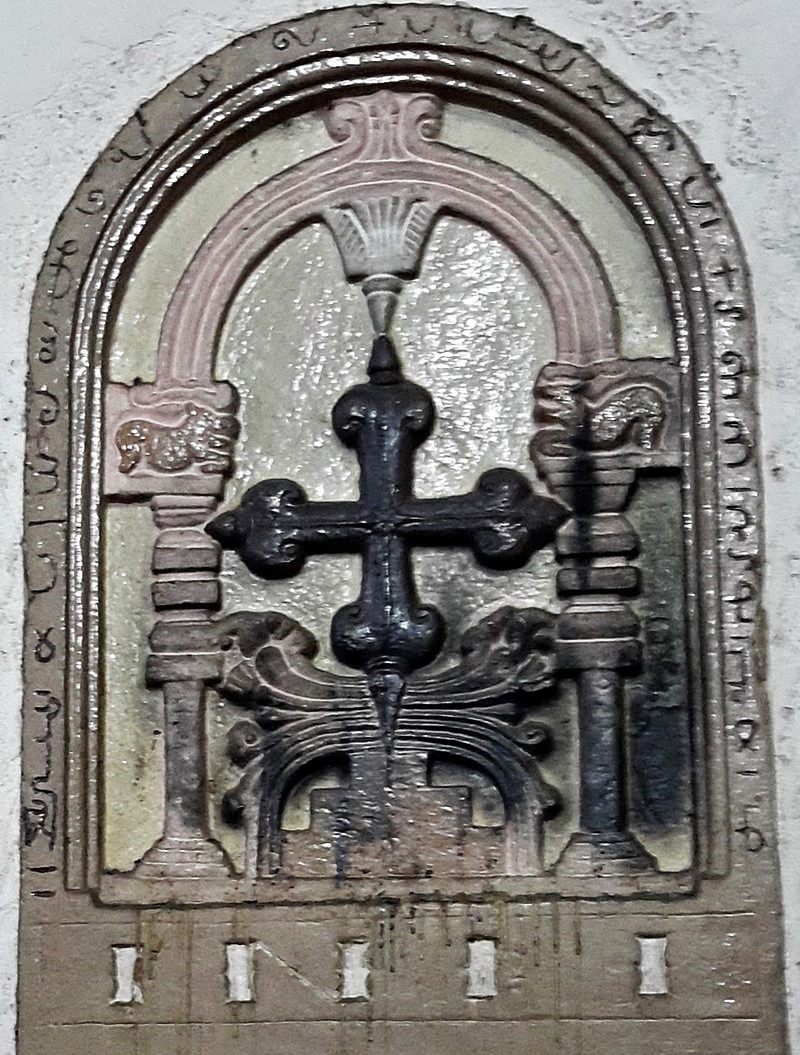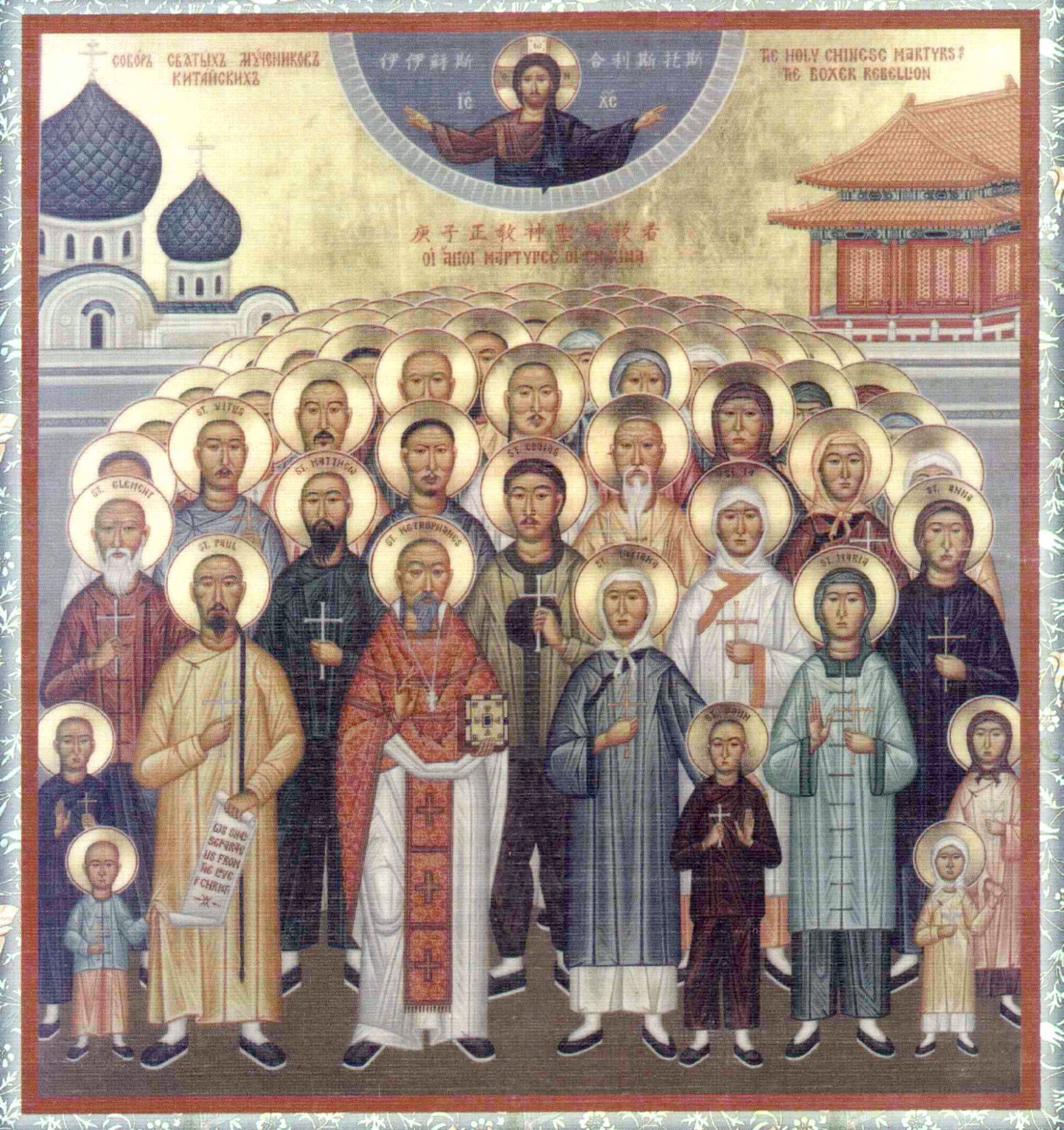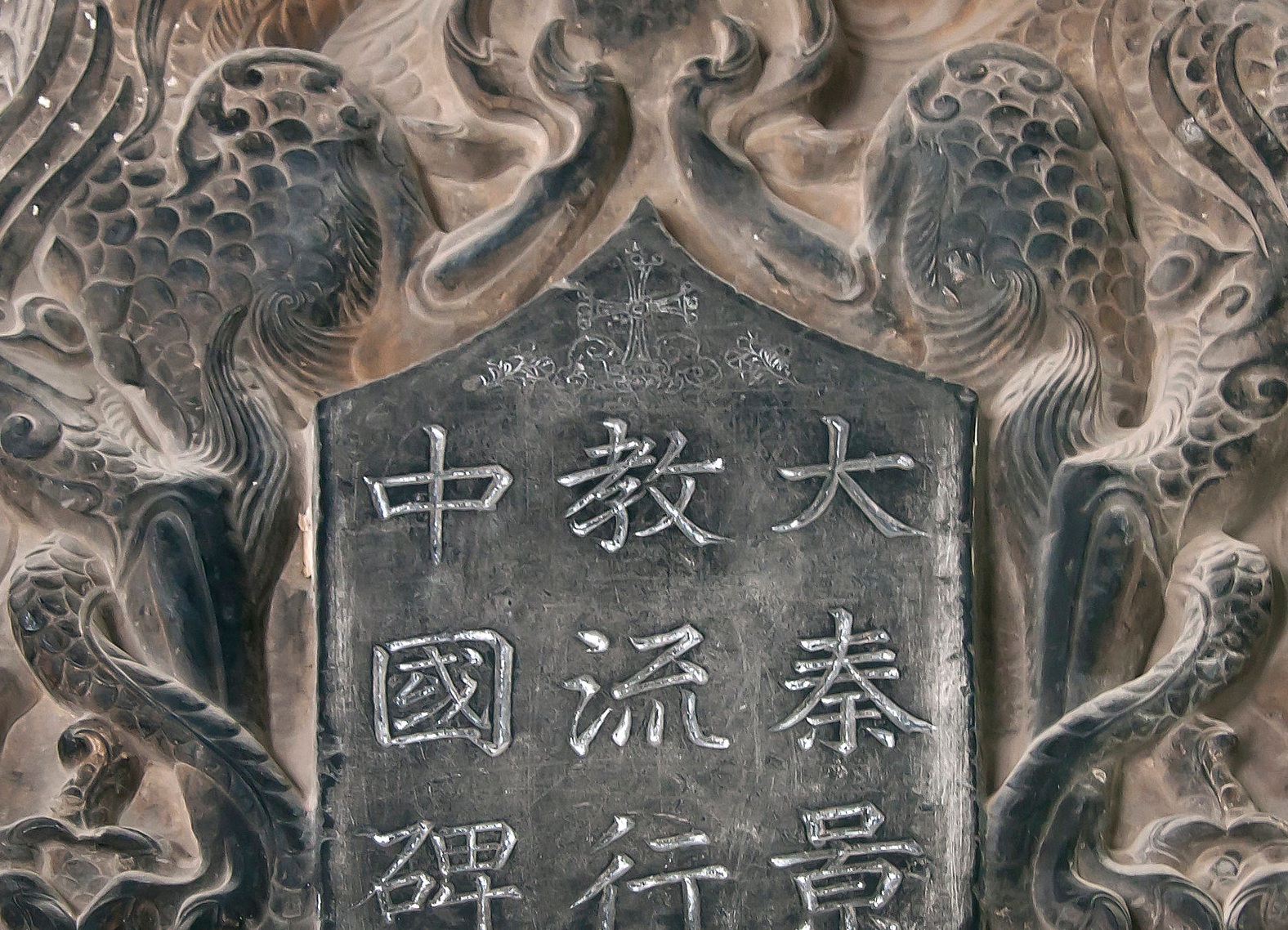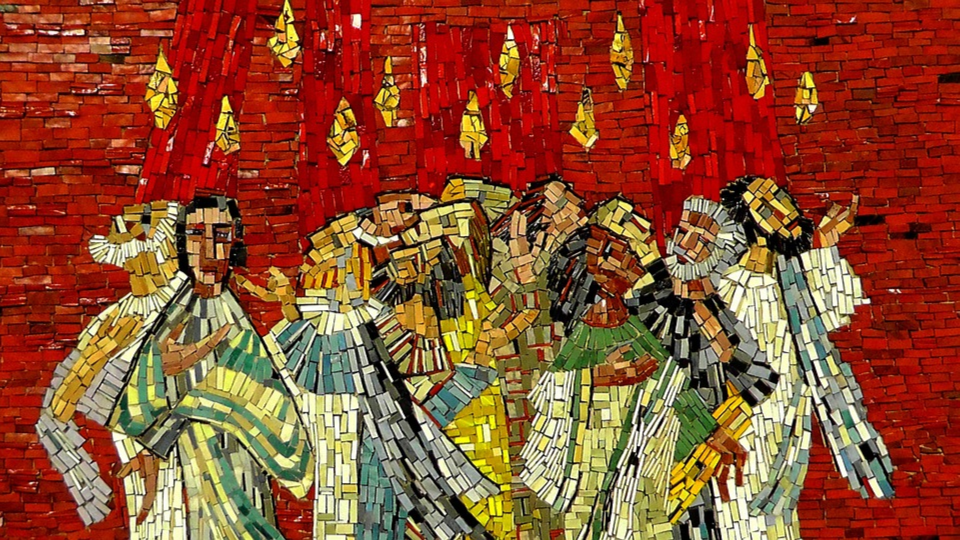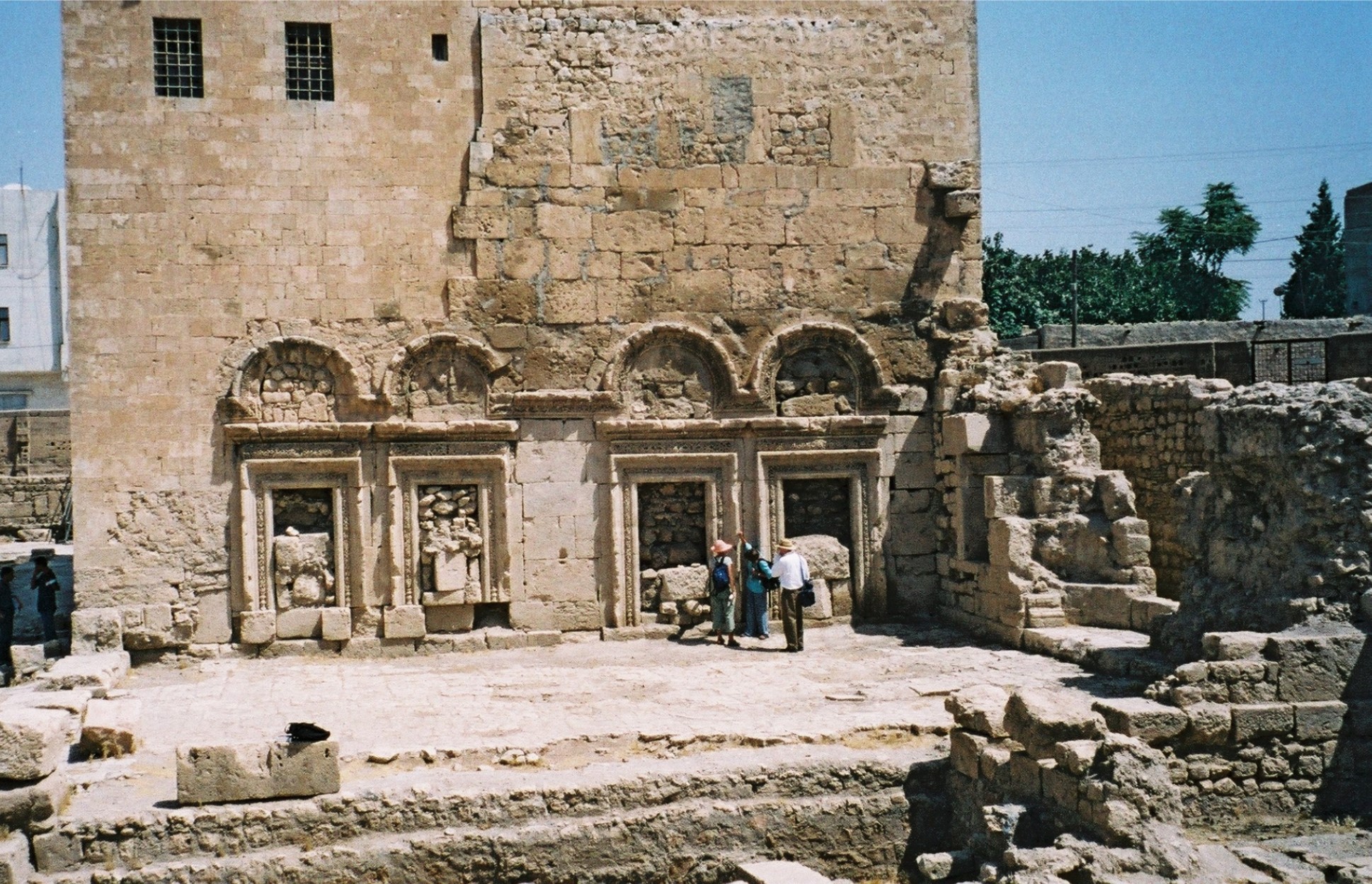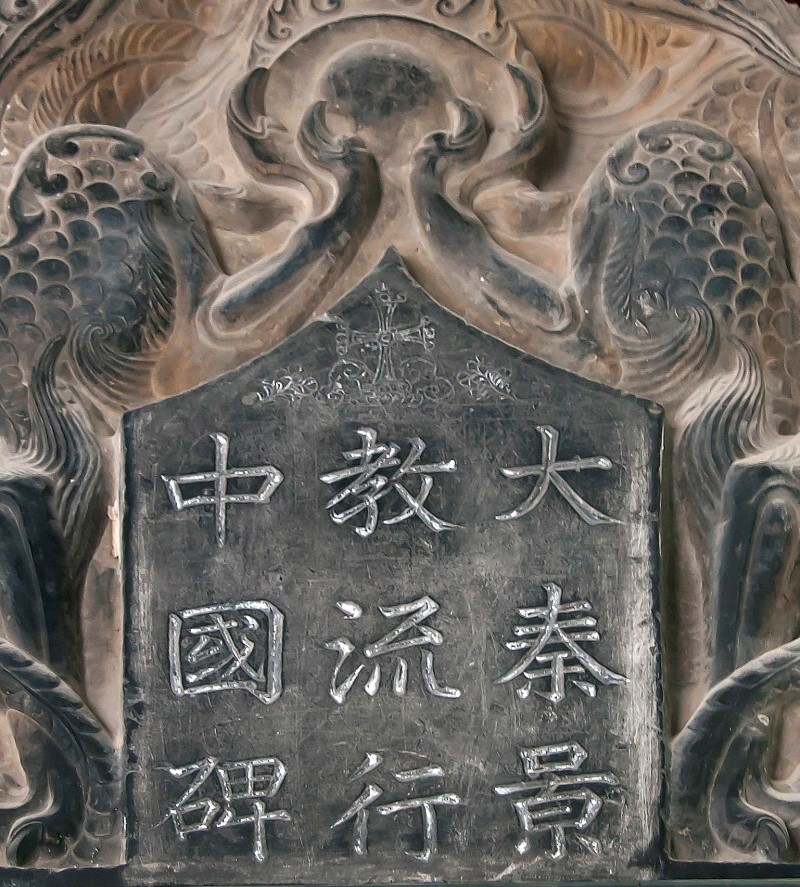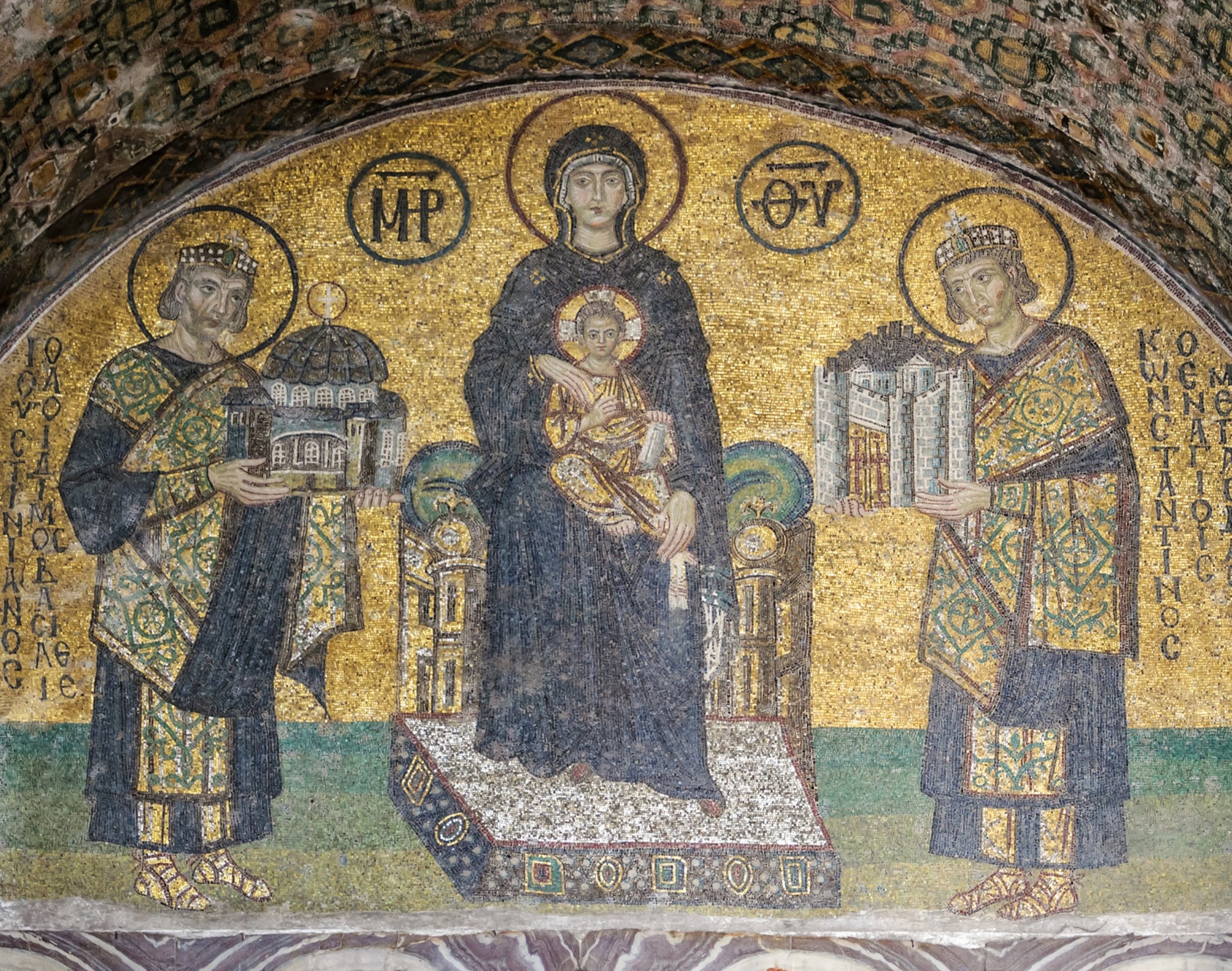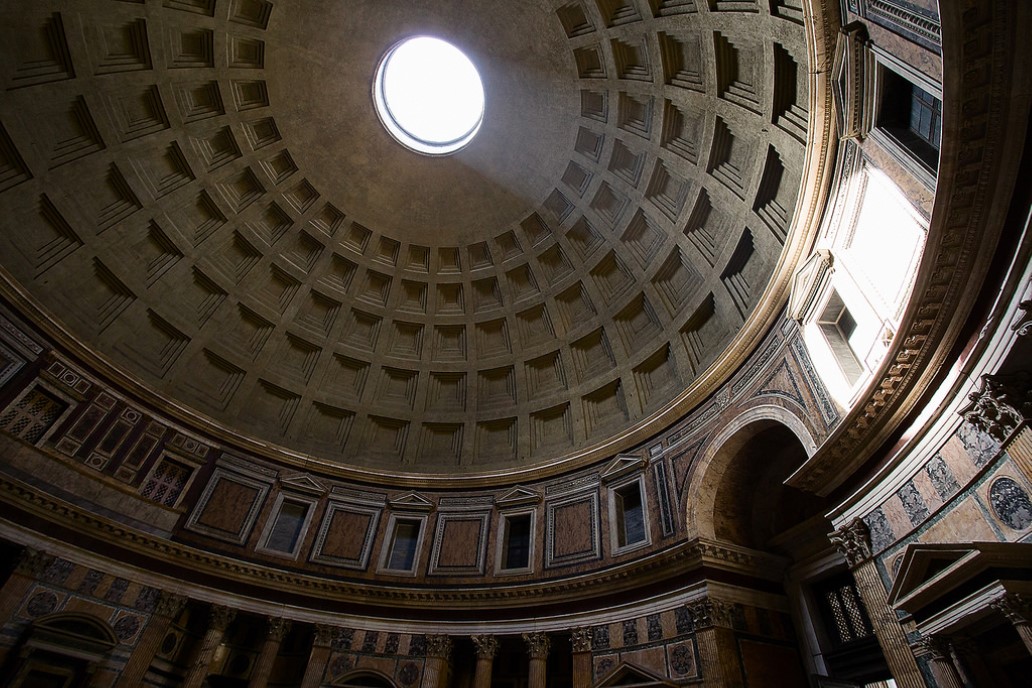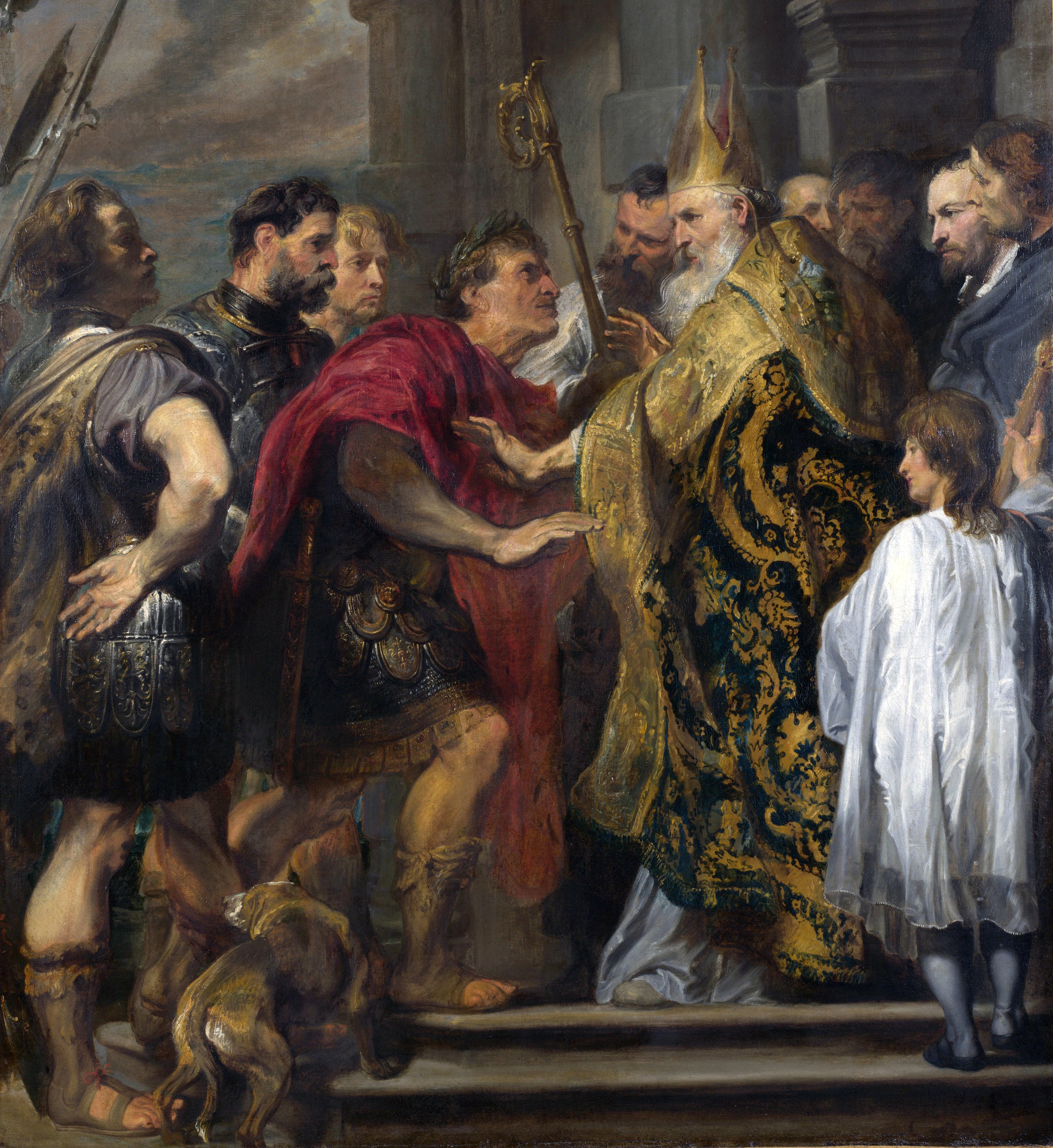The Church in Asia
Untold Stories of Church and Empires
Photograph: Headpiece of the 2.75 meter Nestorian stele from Xian, China erected in 638 AD. Photo credit: David Castor | Public Domain, Wikimedia Commons. The stele (called "the Nestorian stele") testifies to a large Chinese Christian community connected to Syrian Christians further west. It provides a potential link to Christian activity even further east. Christian symbols were discovered on the beams of the Koryuji Buddhist Temple, which dates back to 818 AD. It was built on top of a Christian church building built in 603 AD, which had been ruined by a fire. The "Church of the East" holds that Christian faith reached Japan by 70 AD. See John M.L. Young's By Foot to China online.
Introduction
The selection of perspectives on church history in this section — Church and Empire — has been guided by three factors: (1) to demonstrate that Christianity has not been a “white man’s religion”; (2) the study of empire as a recurring motif in Scripture by recent biblical studies scholars; and (3) explorations of biblical Christian ethics on issues of power and polity, to understand how Christians were faithful to Christ or not. Christian relational ethics continues a Christian theological anthropology that began with reflection on the human nature of Jesus, and the human experience of biblical Israel.
The Church in Asia: Topics:
This section explores the experience and activities of Christians under various regimes in Asia. It is grouped into Asia Pre-1582; Asia Post-1582; and Asian America. The year 1582 AD is significant because Jesuit missionary Matteo Ricci arrived in the Portuguese colony of Macau to begin Catholic missionary work in China. Meanwhile, the Mongol kingdoms were in decline. Prior to 1582, the Church of the East and the Oriental Orthodox Churches were present in Asia.
Church and Empire: Topics:
This page is part of our section on Church and Empire. These resources begin with a biblical exposition of Empire in Church and Empire and the meaning of Pentecost in Pentecost as Paradigm for Christianity and Cultures, then grouped by region: Middle East, Asia, Africa, Europe, Americas, then Nation-State, with special attention given to The Shoah of Nazi Germany.

